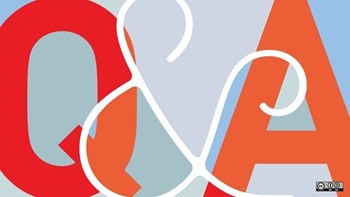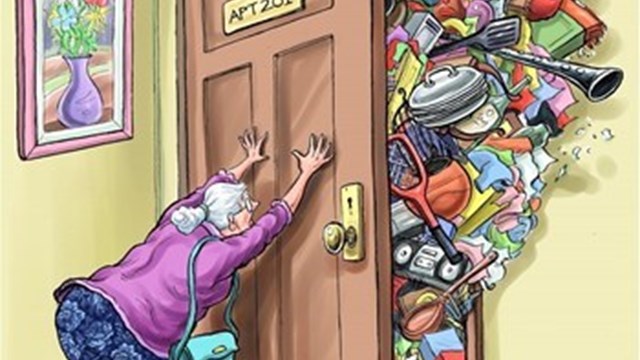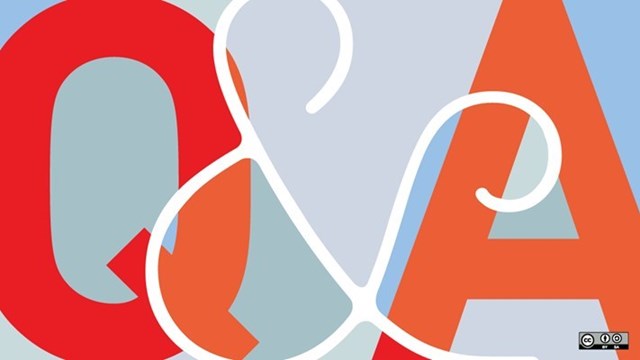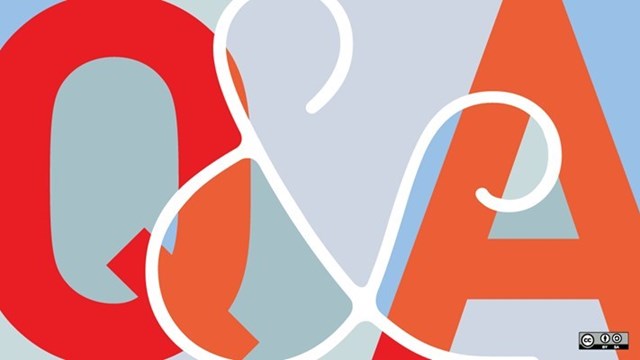
—Damaged in Dracut
“First, it is my understanding that in 2008, the board took out a loan to fix the roof after a hurricane. That loan was a five year loan with a balloon which had to be refinanced in 2013. Since that loan was by its very terms a balloon loan and had to be refinanced in 2013, I assume that all the unit owners knew the terms and conditions of this loan and no one objected to how the payments on principal and interest were made from 2008 until 2013.
“I am also going to assume that the loan in 2008 was within the authority of the board to take out under its powers and duties as set forth in the governing documents of the condominium and that the expense associated with that loan would be the interest charge and some principal payment that is amortized over this five (5) year period. The loan has now been extended to 2017.
“I assume that the expense at issue is either the interest charge on the loan and principal payment that is amortized over the period from 2013 to 2017, when either the loan will be paid off in full or will have to be refinanced again. The question that has been asked is whether the board can add this loan into the operating budget along with the bad debt for unoccupied units.
“Without knowing the particular circumstances surrounding how and why the repair to the roof in 2008 needed to be financed as opposed to paid for out of the reserve fund or insurance, it is virtually impossible to know whether the expense of repairing the roof should have been paid for by a special assessment or by a loan with the loan payments being part of the operating budget. Again without seeing this condominium’s governing documents, I would venture to say that the Board of Trustees had the authority to take out a loan to fix the roof, especially if there's no reserve fund or insurance to pay for it, and include the payments on that loan as part of the budget for the operating expense of the Condominium and therefore part of the monthly common fee.
“The fact that the loan has been refinanced and will either be paid off or refinanced again in 2017 doesn’t affect my opinion on whether in 2013, the board should have levied a special assessment to pay the loan or include the payments as part of the operating budget and therefore part of the total amount of the common fee. Qualified by the caveat that I have not seen this condominium’s governing documents, in most instances the board has the discretion of how it will pay for a common expense of the condominium, be it by increased common fee or by special assessment.
“The part of the question that I find interesting is the inclusion of bad debt for unoccupied units. I am not sure what is meant by bad debt, but if it is the failure of these unoccupied units to pay the common fee, at least in Massachusetts, that should not be considered a bad debt as the unit owner, whether the unit is occupied or not, is responsible to pay for the common fee and failure to do so would result in lien enforcement procedures to collect unpaid common fees.”






Leave a Comment